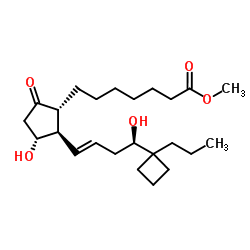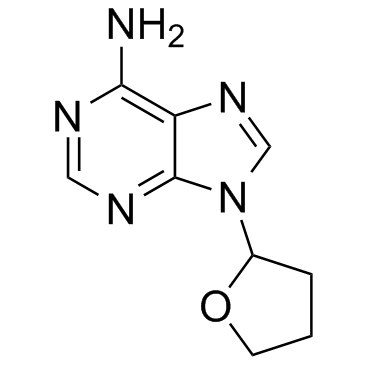| Structure | Name/CAS No. | Articles |
|---|---|---|
 |
(R)-Butaprost
CAS:69648-38-0 |
|
 |
AH 6809
CAS:33458-93-4 |
|
 |
SQ22536
CAS:17318-31-9 |